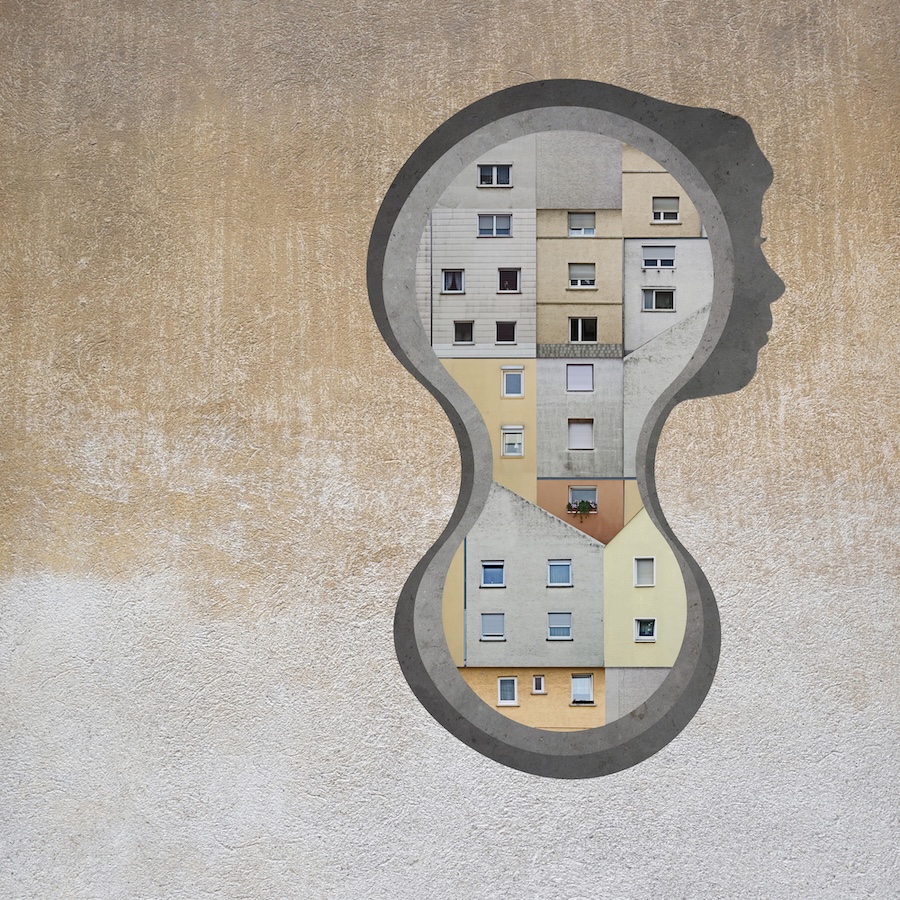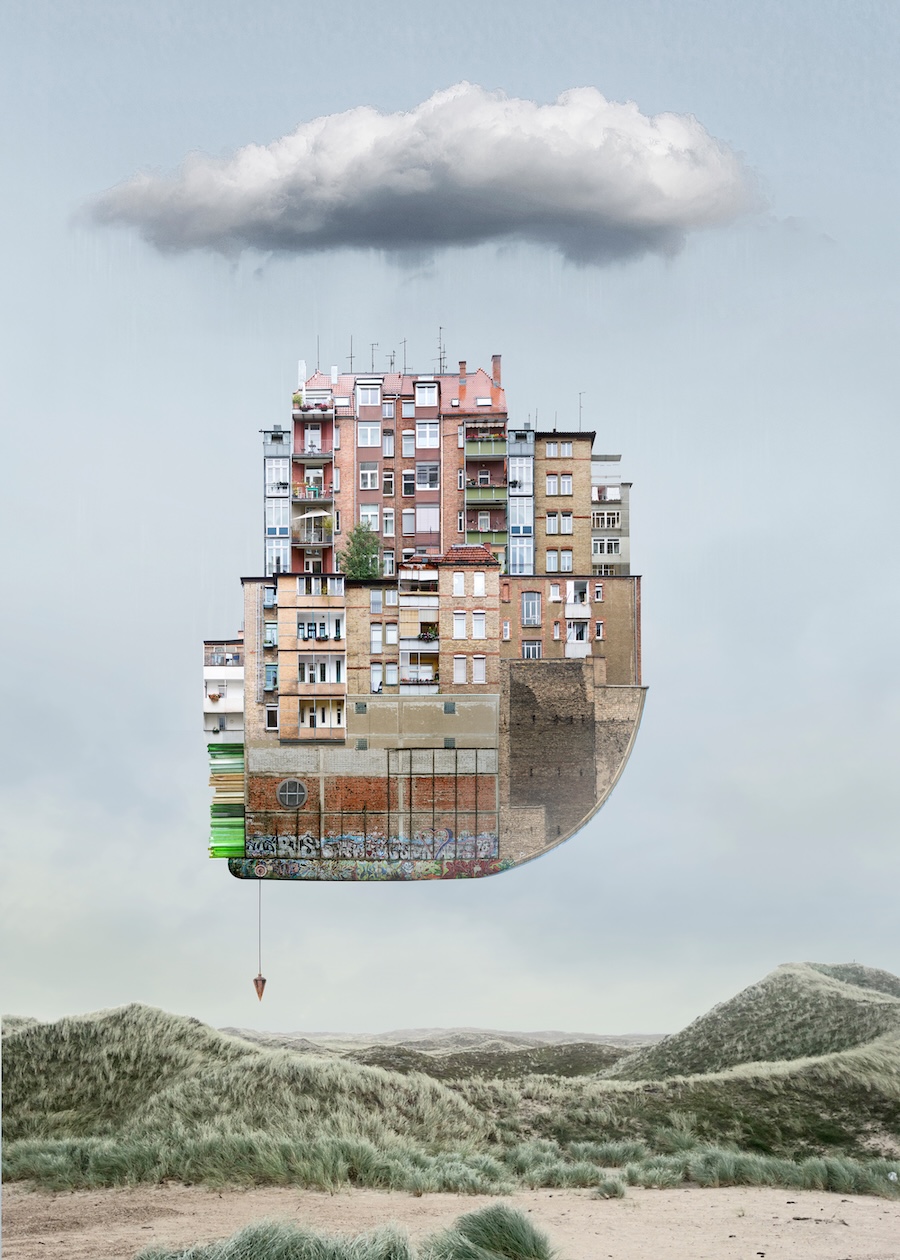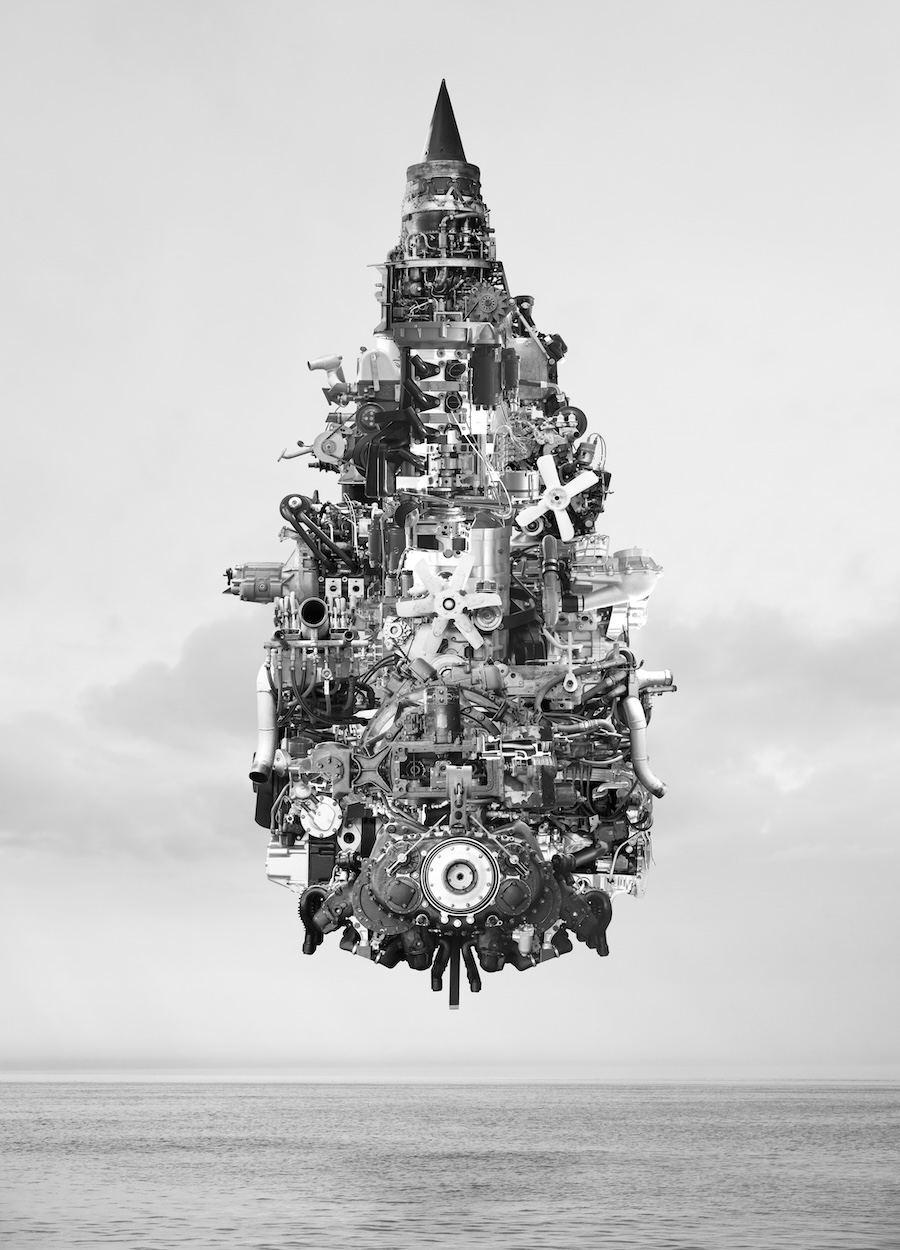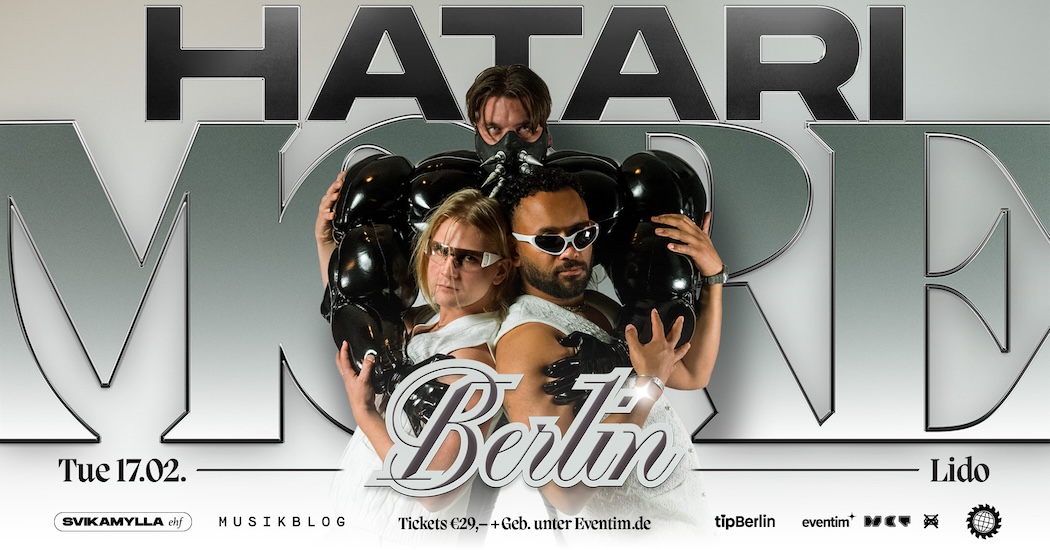
We are excited to introduce you to the captivating work of Matthias Jung in his series “Matter and Antimatter – Surreal Collages.” Through his unique approach to collage-making, Jung combines photos of architecture, people, and various objects to create dreamlike visual narratives that are both intriguing and thought-provoking. Each piece reflects his introspective nature and artistic intuition, inviting viewers to explore the tension and contrasts within. Join us as we delve into the surreal world of Jung’s collages and discover the fascinating imagination behind them.
www.zabadu.de Instagram: @zabadu_matthias


“I create collages. I take pictures of houses, technical objects, people, and basically anything I find interesting, and juxtapose them. I adjust the individual images, cut them out, and give them a different color. The result is a structure that is like an independent being. Sometimes it‘s beautiful, sometimes it‘s awkward or even a little eerie. The individual elements are in tension with each other. They are like rhymes in a short visual poem.
A collage usually starts with a rough vision. I have an exciting combination of several image elements in mind, along with a clear impression of the finished picture. The basic concept has to fascinate me and offer something new. Simply implementing an idea because it has proven itself, always doing the same thing with variations, would bore me and have no power.”
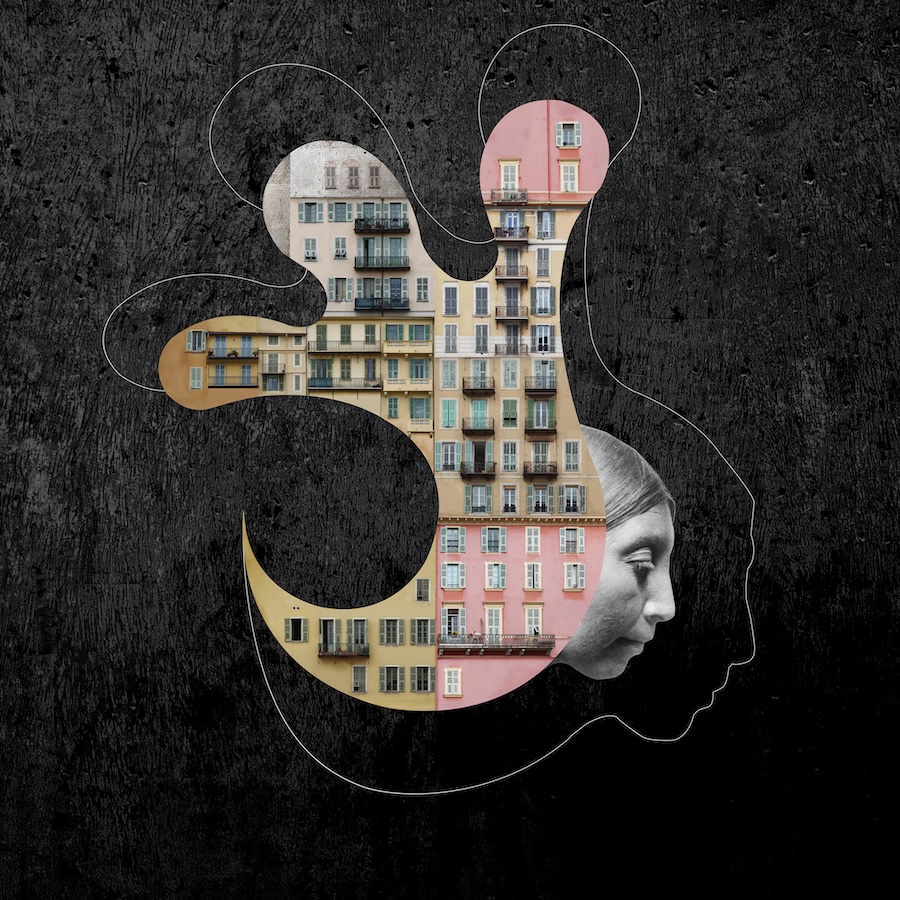

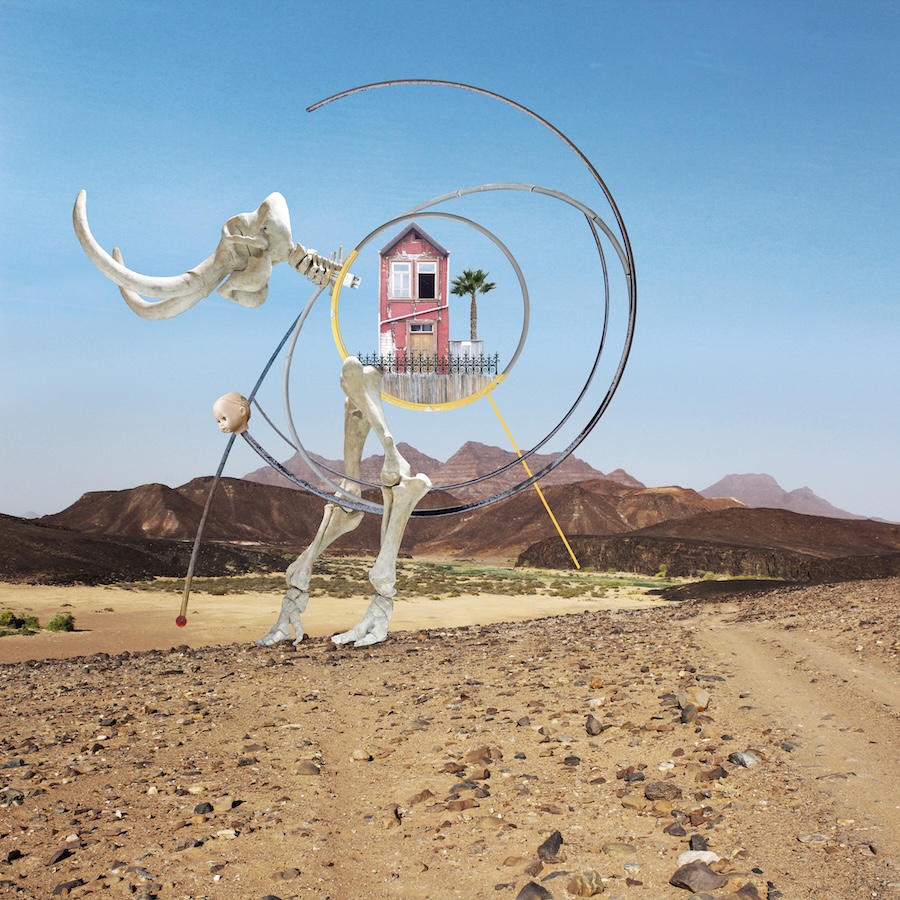
“I work almost exclusively with my own photos in my collages. I take them on excursions or short photo trips. Very often, the ideas come to me while I‘m taking photos. Later, I edited the images with Photoshop. I don‘t use AI at all. When working on the computer, there is an initial phase of experimentation. This can sometimes be tough. For a long time, nothing exciting happens. Only when I feel that I have a solid framework does the magic happen. Then, at some point, the image takes shape on its own. In this phase, I no longer discard an image; I will finish it, even if it often involves detours. There is usually a world of difference between the basic idea and the finished image. There are surprising twists and turns. I regularly search through my archive for suitable motifs. This can be exhausting at times. But there is always a solution.”
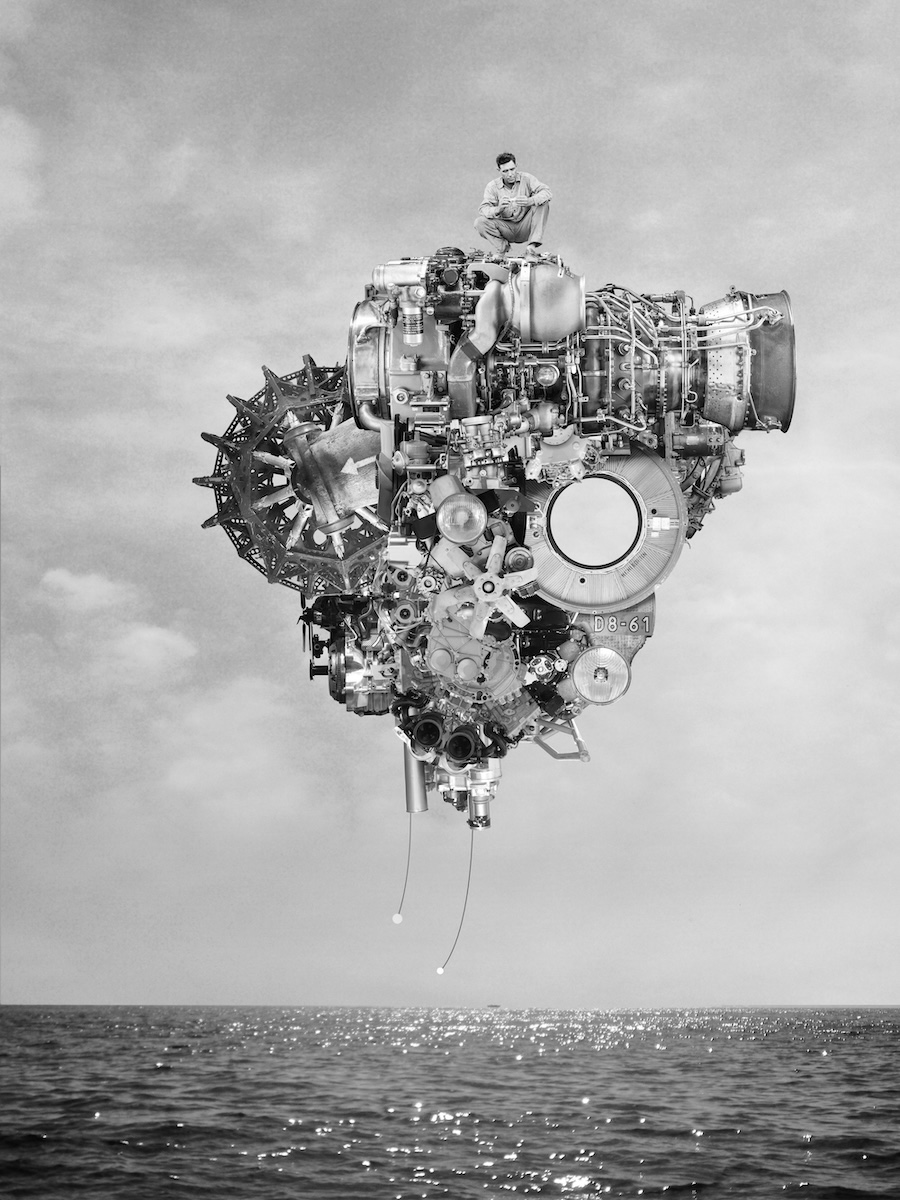
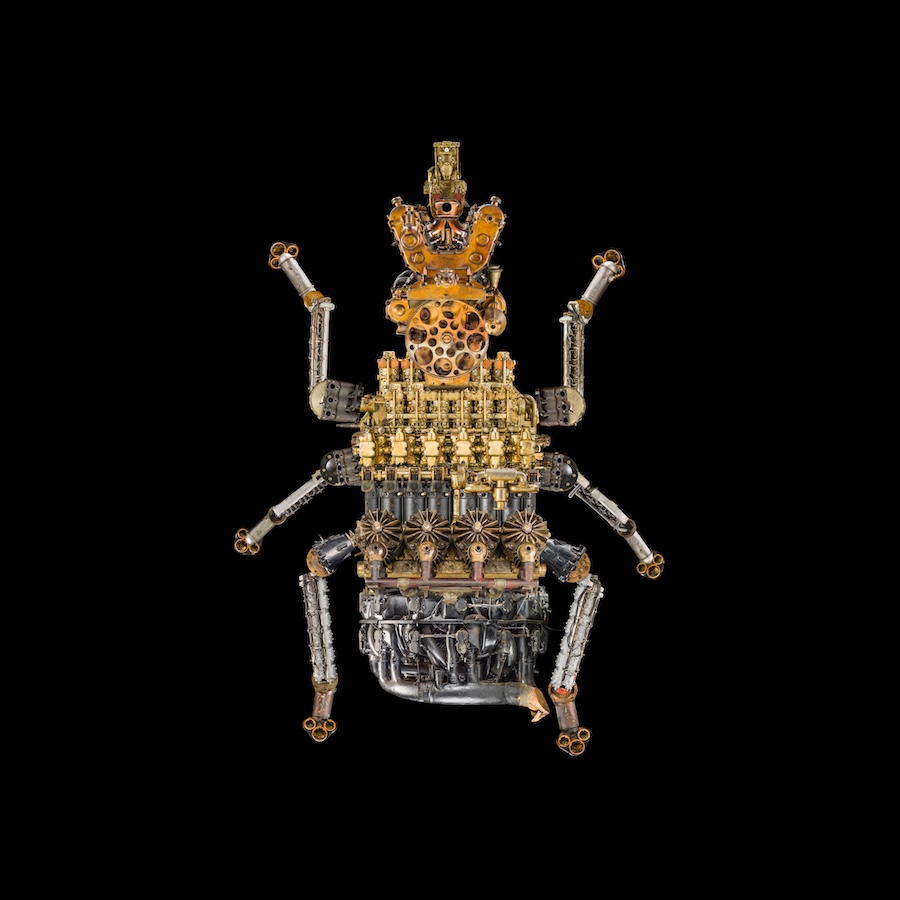
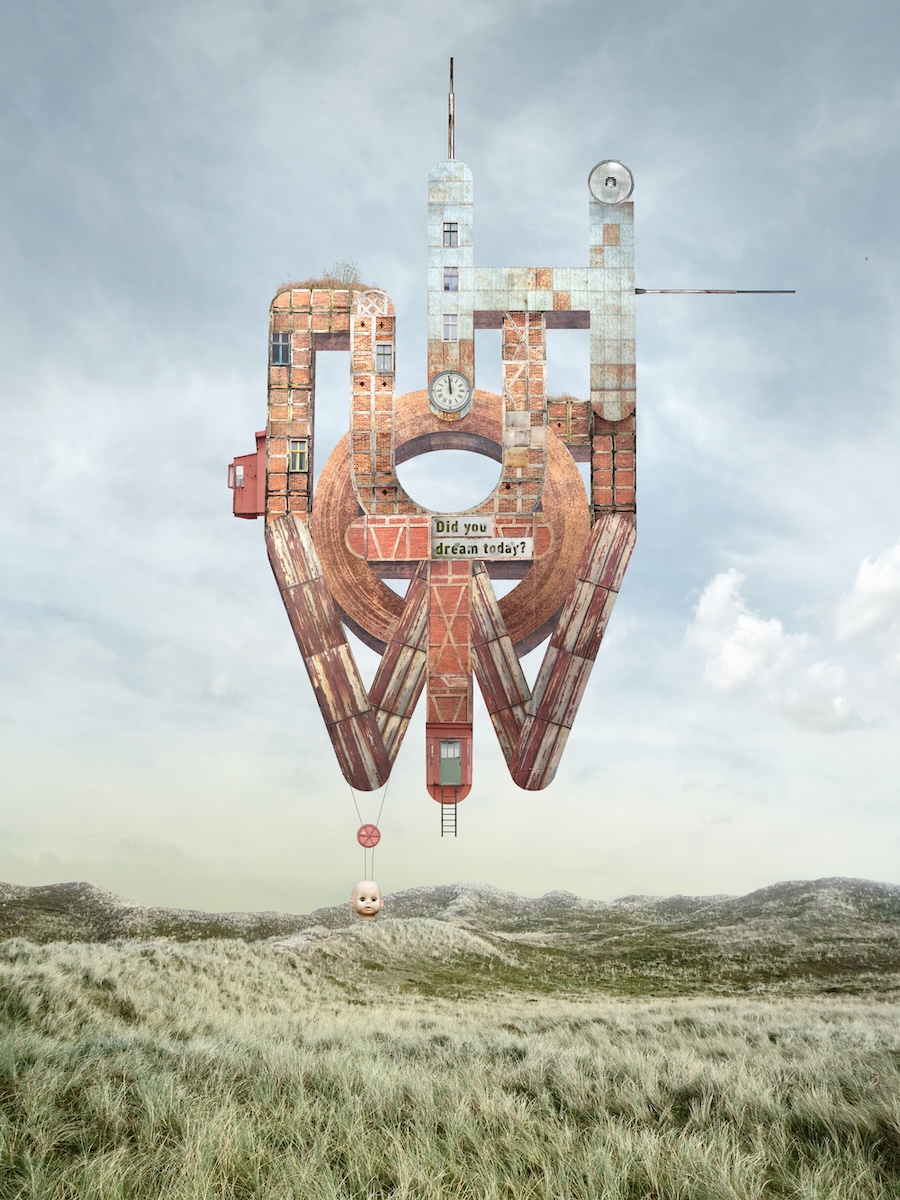
“I like contrasts – rough and delicate, industrial and natural. I actually design dream worlds, visualisations of our inner world. The combination of individual elements follows a logic that is inherent in dreams. Dreams are basically collages, too. I don‘t have any actual stories as a basis, but the tension between the elements creates a narrative level. However, this story is completely open; everyone can tell it for themselves. I love designing with architecture. We associate architectural elements with emotional connotations. A concrete surface can appear brutal, forbidding, or even magnificent. A half-timbered house is more cosy or touching. Sometimes I combine architectural elements with photographs of people. I use historical images that are in the public domain. I particularly love daguerreotypes, which often have an epic quality. For me, collages with people are portraits that incorporate the inner life, the unconscious.
A recurring motif is flying houses. I like the idea of being at home and on the move at the same time. And sometimes I just enjoy my own imagination—even if some art critics would turn up their noses at it.”
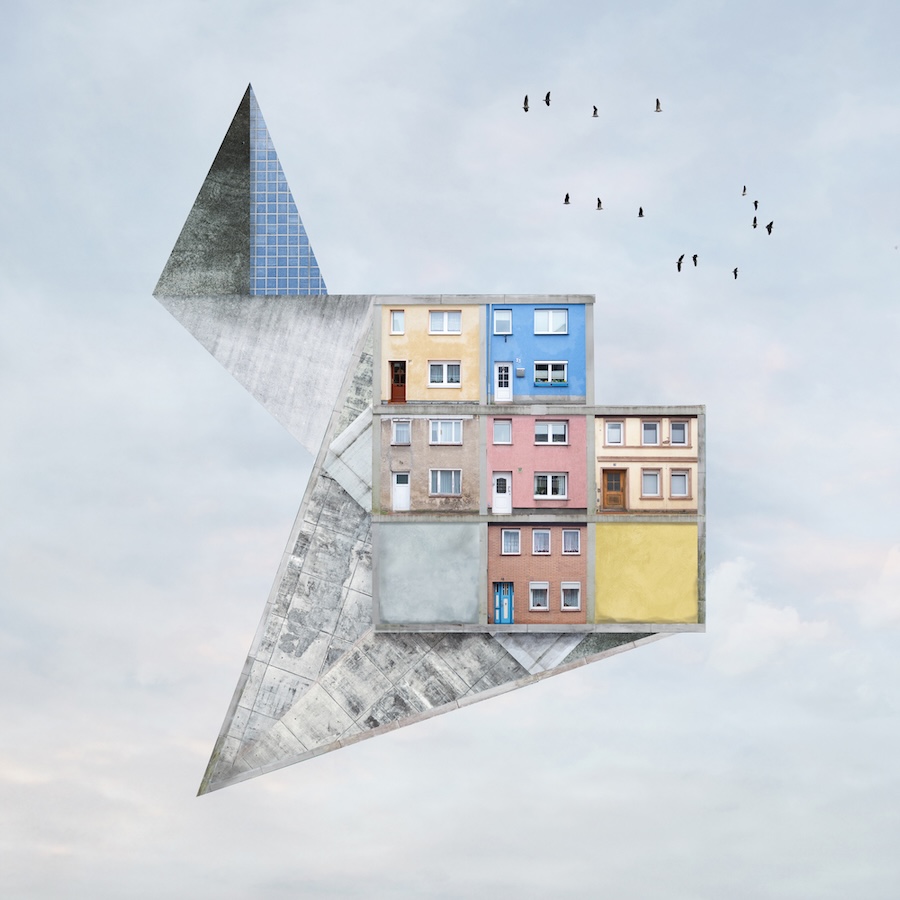
“I live with my 10-year-old son in a village near Stuttgart in southern Germany. Working on art (or songs, for that matter) centres me. I need it to find access to myself. I am an introverted person. I like to look at myself as if I were the sea. Not because I am so self-absorbed, but because my inner self is also a mirror for the world. This helps me to understand other people better. Perhaps I simply perceive more than others—things that are semi-conscious, the raw material for thoughts and words, so to speak. I like to say that the general is reflected in the personal. I don‘t know why a picture is good or not in the end. I proceed intuitively. I don‘t even know the rules that underlie my art. But I notice when I‘ve broken them. Studying art would have been out of the question for me because I don‘t approach art intellectually.”
www.zabadu.de Instagram: @zabadu_matthias
